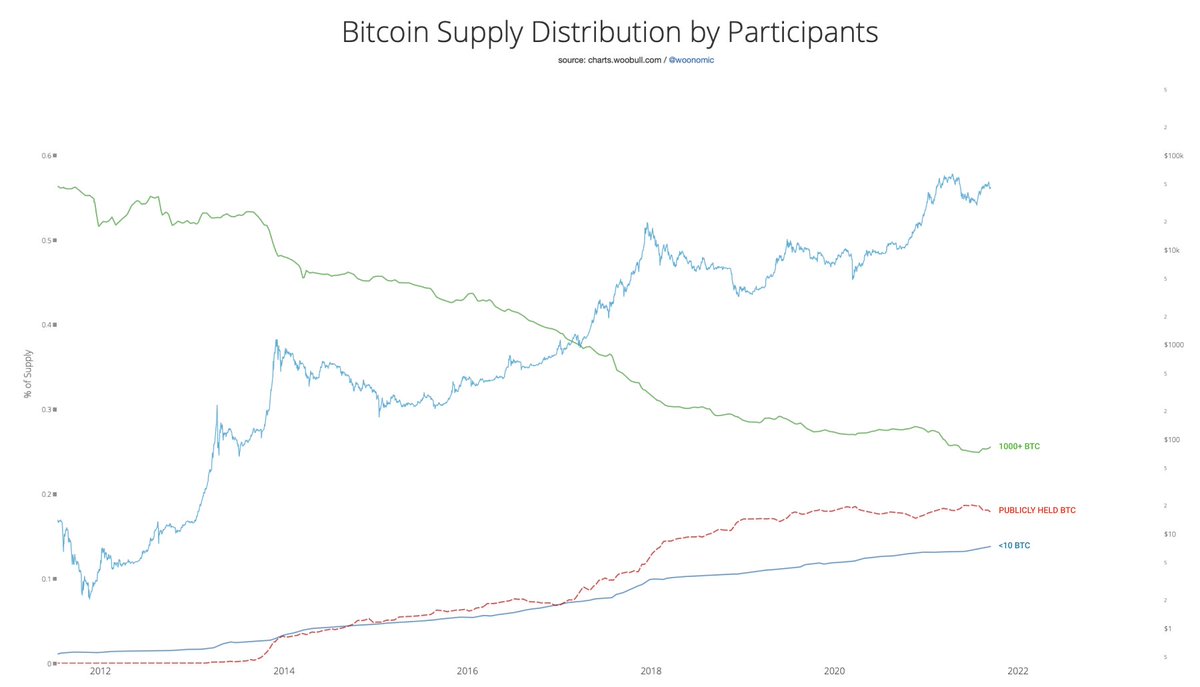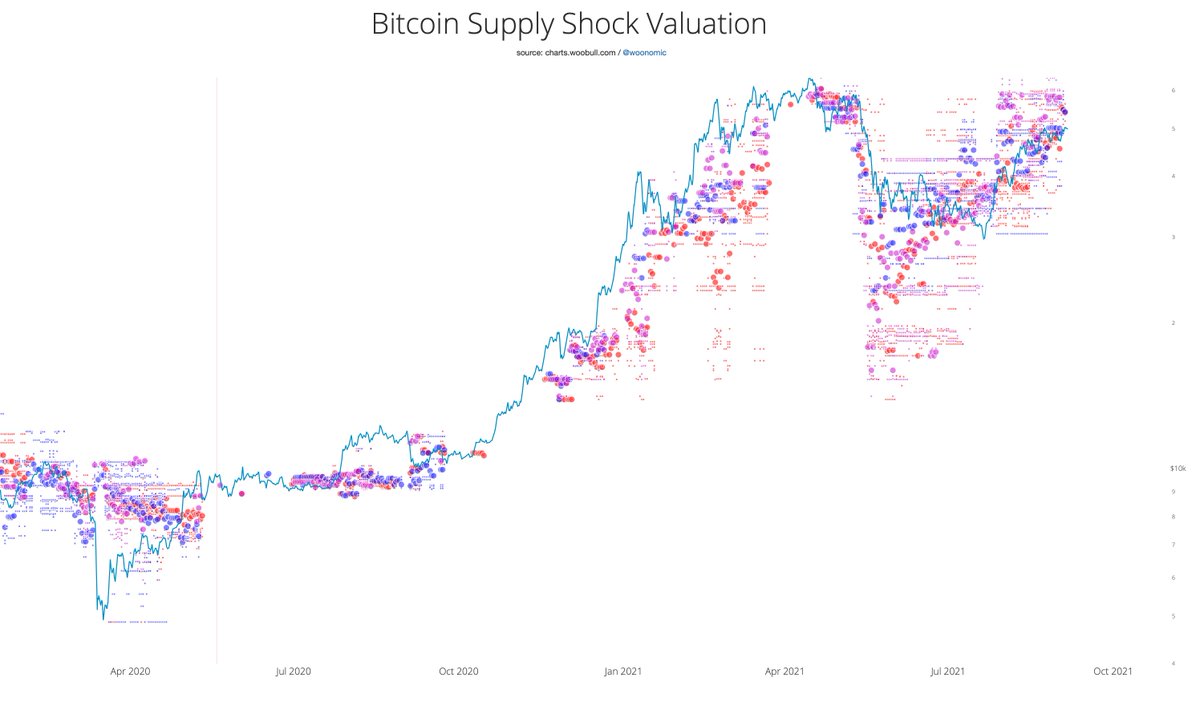
I was going to tweet something tongue-in-cheek about #gold's inflation bug where new supply rains down on the planet unchecked by their miners.
Instead I'll do a researched thread on space mining, it's talked about, but gold-bugs don't understand its viability and timeline.
👇
Instead I'll do a researched thread on space mining, it's talked about, but gold-bugs don't understand its viability and timeline.
👇
https://twitter.com/neiltyson/status/1317639297701498880
10% of near Earth Asteroids are more accessible than the moon. Accessibility is measured in energy terms (delta-v, a unit of speed), essentially it's the speed a rocket needs to hurl a probe / mining equipment to intercept the destination.
Delta-v energy requirements (km/s):
9.6 Earth -> LEO (low earth orbit)
6.4 LEO -> Lunar surface
10.7 LEO -> Mars surface
Less than 6.4 from LEO to 10% of near earth asteroids. And to 1.0 - 2.0 to get materials back to Earth.
9.6 Earth -> LEO (low earth orbit)
6.4 LEO -> Lunar surface
10.7 LEO -> Mars surface
Less than 6.4 from LEO to 10% of near earth asteroids. And to 1.0 - 2.0 to get materials back to Earth.

Mining the solar system is limited by the cost of delta-v energy imparted by our rockets.
It takes a lot of energy to hurl mining gear into space.
Remember the moon rocket? Only a tiny part at the top was hurled into space, the rest was burned to get it there.
It takes a lot of energy to hurl mining gear into space.
Remember the moon rocket? Only a tiny part at the top was hurled into space, the rest was burned to get it there.
The cost of delta-v is exponentially reducing.
Here's a 2018 chart of projected launch costs (LEO = 9.6 km/s).
We are actually *ahead* of this curve, SpaceX's Starship is expecting a cost of $10 per kg, previously not expected until 2050. It brings us forward 2 decades.
Here's a 2018 chart of projected launch costs (LEO = 9.6 km/s).
We are actually *ahead* of this curve, SpaceX's Starship is expecting a cost of $10 per kg, previously not expected until 2050. It brings us forward 2 decades.

$500-$1000 per kg LEO is seen as cost threshold for starting large scale commercial activity in orbit. We are crossing this threshold NOW.
($10 soon.)
The resources out there is enough to support a quadrillion people.
The clock is ticking.
($10 soon.)
The resources out there is enough to support a quadrillion people.
The clock is ticking.
As large scale commercial industry in orbit starts to develop, it means accessing gold further out is within reach.
Speculative markets always preemptively price things in. It's not a 50 years away thing, the foundations of a large scale space industry is happening today.
Speculative markets always preemptively price things in. It's not a 50 years away thing, the foundations of a large scale space industry is happening today.
References:
space.com/2032-asteroid-…
wccftech.com/spacex-launch-…
futuretimeline.net/data-trends/6.…
en.wikipedia.org/wiki/Delta-v_b…
space.com/2032-asteroid-…
wccftech.com/spacex-launch-…
futuretimeline.net/data-trends/6.…
en.wikipedia.org/wiki/Delta-v_b…
PS.
This is for your followers @PeterSchiff :)
And also a riff off the back of the @stoolpresidente and @tylerwinklevoss / @cameron discussion on gold mining. The speculative price impact on gold (not the actual mining) is obviously closer than anyone is thinking.
This is for your followers @PeterSchiff :)
And also a riff off the back of the @stoolpresidente and @tylerwinklevoss / @cameron discussion on gold mining. The speculative price impact on gold (not the actual mining) is obviously closer than anyone is thinking.
To be absolutely pedantic I should correct this statement.
$200k is all we need in fuel to get to LEO for a large rocket like a F9 which can get 22800 kg to LEO. We typically throw away $100m-500m of rocket gear with that launch. It’s a reusability issue; and it’s being solved.
$200k is all we need in fuel to get to LEO for a large rocket like a F9 which can get 22800 kg to LEO. We typically throw away $100m-500m of rocket gear with that launch. It’s a reusability issue; and it’s being solved.
https://twitter.com/woonomic/status/1317689739118485505
• • •
Missing some Tweet in this thread? You can try to
force a refresh











